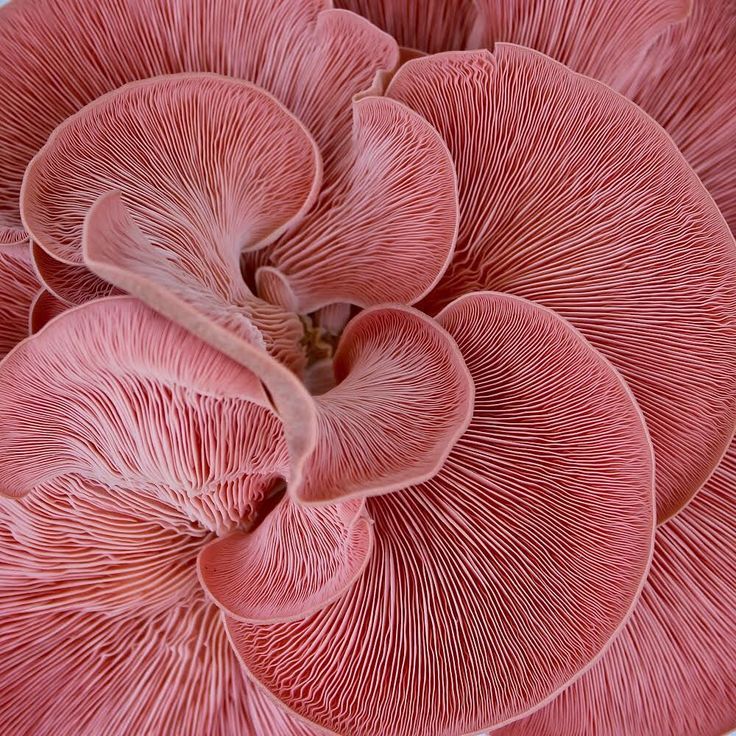The color pink, often associated with delicacy, beauty, and serenity, paints the natural world in strokes that defy the simplicity of its cultural implications. From the blushing cherry blossoms to the vibrant plumage of flamingos, nature’s pink palette offers a spectacle of hues and shades, each carrying its unique significance and story. This article delves into the presence of pink in nature, exploring its occurrence in flora and fauna, the scientific reasons behind its manifestation, and the symbolism it carries across different species.
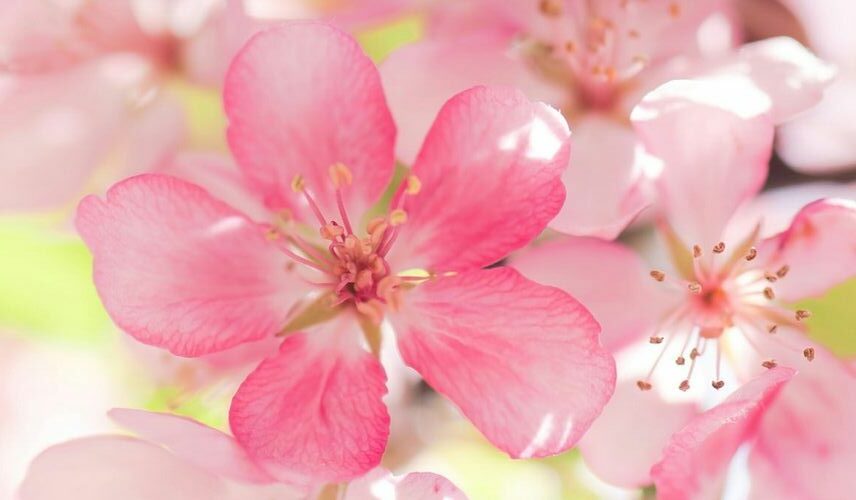
The Blossoming Pink: Flora’s Soft Hues
Cherry Blossoms: Symbols of Transient Beauty
Cherry blossoms, or Sakura, are perhaps the most iconic representation of pink in nature. Predominantly found in East Asia, these blooms captivate with their delicate beauty and have deep cultural significance, especially in Japan, where they symbolize the transient nature of life. The soft pink shades of cherry blossoms range from almost white to light pink, reflecting the variety of cherry tree species. The fleeting appearance of these blossoms annually inspires festivals and gatherings, highlighting nature’s cyclical beauty and the cherishable moment of now.
Rhododendrons and Azaleas: The Vibrant Spectrum
Rhododendrons and azaleas contribute significantly to the pink palette of the natural world. With over a thousand species, these plants offer a vibrant range of pinks, from soft pastels to deep fuchsias. The presence of various pigments, including anthocyanins, dictates their pink coloration, serving both aesthetic and functional purposes, such as attracting pollinators and protecting the plant from ultraviolet light damage.
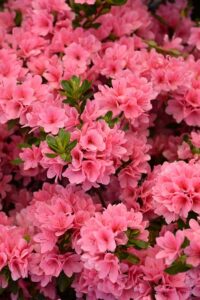
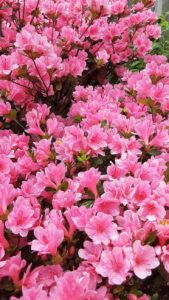
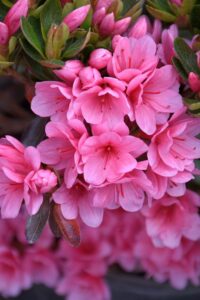
Feathered Pinks: The Avian World
Flamingos: Living in Pink
The pink flamingo is a striking example of pink in the animal kingdom, with its color ranging from pale pink to a bright, almost neon shade. The flamingo’s pink coloration comes from its diet, rich in beta-carotene from foods like algae and crustaceans. The bird’s digestive system breaks down these pigments, depositing them in the feathers, beak, and legs, showcasing a vivid example of how diet influences appearance in nature.
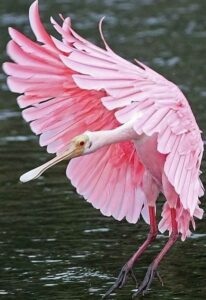
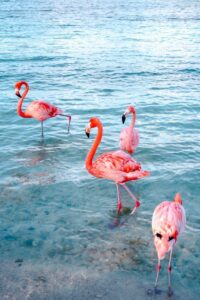
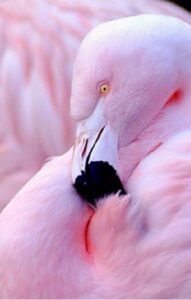
The Roseate Spoonbill: America’s Pink Bird
The Roseate Spoonbill, found in the coastal wetlands of the Americas, is another bird that boasts a beautiful pink plumage. Like flamingos, their pink coloration is diet-derived, depending on the consumption of carotenoid-rich organisms. The intensity of their pink feathers can indicate the health and diet quality of the bird, serving as a visual cue for mate selection.
Pink Under the Sea: Coral Reefs and Marine Life
Coral Reefs: Underwater Rainforests in Pink
Coral reefs, often referred to as the rainforests of the sea, exhibit an astonishing array of pink hues, contributing significantly to the ocean’s biodiversity and beauty. The pink color in corals comes from the zooxanthellae, symbiotic algae that live within their tissues. These algae provide corals with food through photosynthesis and are responsible for their vibrant colors. Healthy coral reefs display a spectrum of pinks, signifying a rich, balanced aquatic ecosystem.


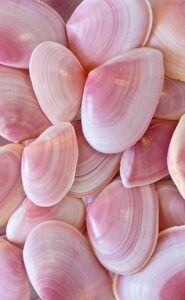
Sea Anemones and Starfish: Marine Pink Splendor
Sea anemones and starfish also add to the marine world’s pink palette, displaying various shades that serve as camouflage or warning colors. The pink sea anemone, often found in tide pools and coral reefs, uses its color to blend into its surroundings or warn predators of its toxicity. Similarly, many species of starfish feature pink hues, which can either help them hide among the ocean’s colorful backdrop or signal their unpalatability to potential threats.
Pink Phenomena: Sunsets and Minerals
Pink Skies at Twilight
The phenomenon of pink skies at sunset or sunrise is a breathtaking display of nature’s palette. This occurs when the sun’s rays pass through the Earth’s atmosphere at a low angle, scattering short-wavelength light (blues and greens) and leaving behind the longer wavelengths (reds, oranges, and pinks). The presence of particles or pollutants can enhance this effect, painting the sky in vivid pink and red hues.



Minerals and Gems: Earth’s Pink Treasures
The mineral world boasts its collection of pink, from the soft hues of rose quartz to the deep pinks of rhodochrosite. These colors result from trace elements and impurities within the minerals, such as manganese in rhodochrosite. Pink minerals and gems have been treasured throughout history for their beauty and supposed healing properties, adding another layer to the significance of pink in the natural world.
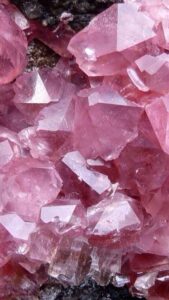
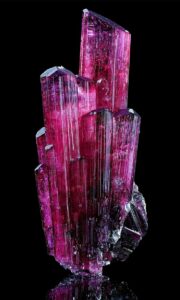
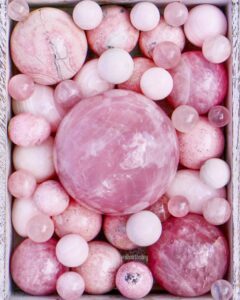
Conclusion
In conclusion, the pink palette in nature is not just a feast for the eyes but a narrative woven into the fabric of the natural world. It tells stories of survival, adaptation, and beauty that resonate across ecosystems and geographies. As we delve deeper into understanding these colors’ roles and meanings, we unlock more of the mysteries of the natural world, fostering a greater appreciation for its diversity and the delicate balances that sustain life. The pink palette, in all its shades and splendor, is a vivid reminder of the marvels that await our discovery in the great outdoors, urging us to protect and preserve the natural world for generations to come.
10 Beautiful Light Blue Aesthetic Room Decor Ideas
Indie Aesthetic Wallpaper: Adding a Touch of Bohemian to Your Home
A Guide to Rainbow Color Names and Their Meanings
Everything You Need to Know About Rose Gold Hex Code

